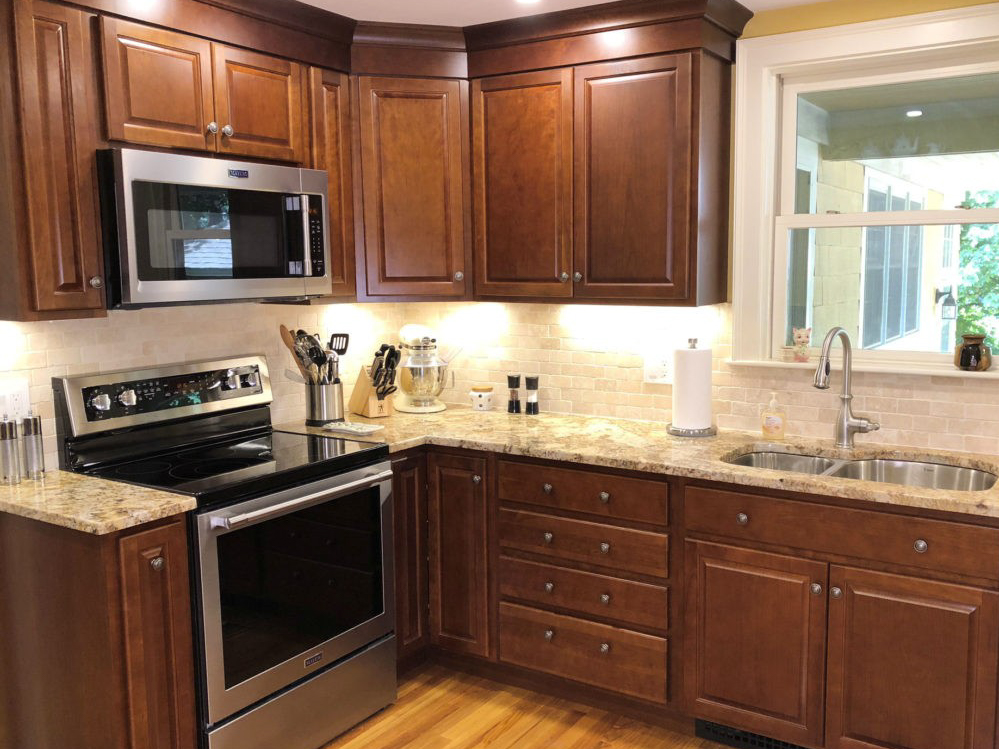
Modern style is characterized by clean lines, minimalism, natural materials and a focus on natural light. It is often confused with contemporary design but it is its own distinct aesthetic. The roots of modernism lie in the early 19th century but it developed throughout the 20th century with different movements influencing modern design such as the Arts and Crafts movement, the Bauhaus movement and the De Stijl movement.
Modern interior design styles are a great choice for those who want to give their home a clean and simple look. Unlike traditional furnishings that often have ornate carvings and details, modern furniture features straight lines and a sleek silhouette. This style of furniture is typically low to the ground and combines different materials like wood, leathers and metals.Muzzhome
Another characteristic of modern interior design is a neutral color palette. This includes shades of white, grays, black and soft pastels. Modern designers also use neutrals as a backdrop to showcase bold art or furnishings. A modern room can also be infused with block primary colors such as yellow, red and blue for a fun pop of color.
In addition to a neutral color palette, modern furnishings are typically made of natural materials. Wood and leathers are popular, while steel, chrome and glass are also used. This gives the modern style a textured and industrial feel that contrasts with the neutral color scheme. A large percentage of modern style homes feature floor-to-ceiling windows that allow natural light to fill the space.
To achieve a more minimalist look, modern designers limit the amount of decor they use in a space. This is especially true in open floor plans where they use furniture instead of walls to separate spaces. For example, a large sectional sofa can divide a living room and kitchen in an open concept plan.
A common trait of modern designs is the use of geometric shapes, such as straight lines and rectangles. Modern styles also tend to favor organic shapes over rounded ones such as circles. This style of design also focuses on function over form, which means that a piece of furniture may be stripped down to its most basic elements without losing its essential purpose.
During the Industrial Revolution, factories were becoming more commonplace which led to the development of mass-produced goods. This new way of working required a new style of furniture to match the needs of the new factory workers. As a result, the modernist movement was born with its guiding philosophy of “form follows function”. This means that the framework of a piece of furniture is celebrated rather than hidden and can even appear machine-like in some cases.
Today, the modern design style continues to evolve with different interpretations of it coming from many cultural influences such as the Bauhaus and Art Deco movements. Modern design can be easily incorporated into any home with the right balance of simple, functional furniture and the use of natural materials.
